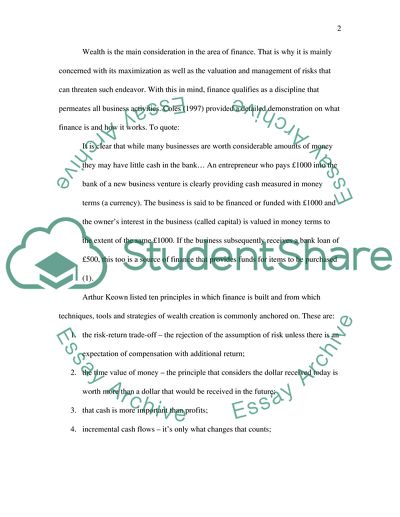Cite this document
(Introduction to Finance Term Paper Example | Topics and Well Written Essays - 2500 words, n.d.)
Introduction to Finance Term Paper Example | Topics and Well Written Essays - 2500 words. Retrieved from https://studentshare.org/finance-accounting/1742111-introduction-to-finance
Introduction to Finance Term Paper Example | Topics and Well Written Essays - 2500 words. Retrieved from https://studentshare.org/finance-accounting/1742111-introduction-to-finance
(Introduction to Finance Term Paper Example | Topics and Well Written Essays - 2500 Words)
Introduction to Finance Term Paper Example | Topics and Well Written Essays - 2500 Words. https://studentshare.org/finance-accounting/1742111-introduction-to-finance.
Introduction to Finance Term Paper Example | Topics and Well Written Essays - 2500 Words. https://studentshare.org/finance-accounting/1742111-introduction-to-finance.
“Introduction to Finance Term Paper Example | Topics and Well Written Essays - 2500 Words”, n.d. https://studentshare.org/finance-accounting/1742111-introduction-to-finance.


